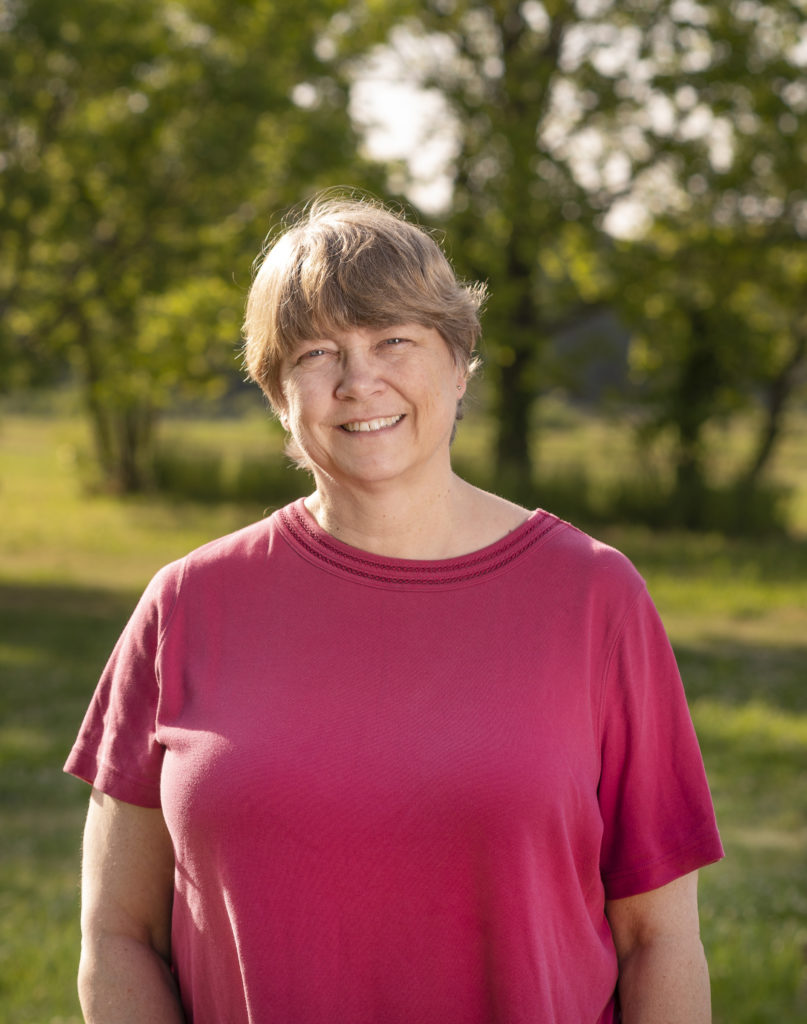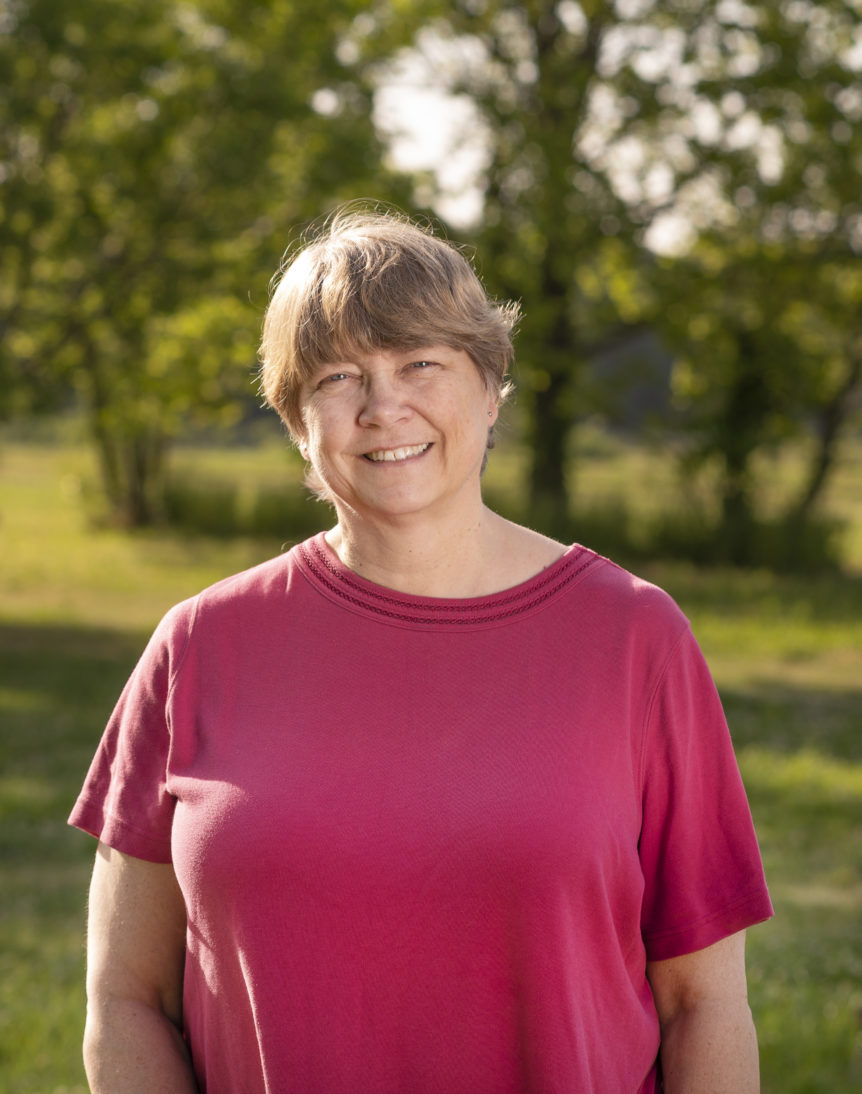By Clint Thompson
Wet weather conditions are expected to remain across the Southeast through April, believes Pam Knox, University of Georgia Extension agricultural climatologist.

“It was a really strong El Niño, so it’s going to take a while for it to decay and go away. We can expect impacts like this to linger for probably at least the next couple of months,” Knox said. “After that we don’t really know, depends on how fast we switch over to La Niña. Some models have it going pretty quickly. Others say it’s going to take a little bit longer. I think we’ll be back in neutral conditions probably by early May.
The cool, wet El Niño weather pattern will eventually fade into a La Niña, recognized by its warm, dry conditions… eventually. Once the transition into a La Niña is complete, it is expected to bring warmer and drier conditions, especially during the winter months.
“Even though right now we’re seeing these lingering effects of El Niño, they will gradually start to die off and we’ll start to see impacts from other things. We don’t know what those are going to be yet,” Knox said. “Last year was interesting because we swung into an El Nino, but the rain didn’t get here until November. It was very dry in the fall. You might remember we had a little bit of drought then.
“It’s very tricky as to exactly the timing of what that’s going to be. I think over the winter we can be pretty confident it’s going to be warmer and drier than usual.”
More Active Storm Season
A combination of a La Niña and warm ocean temperatures is also expected to lead to a more active storm season. Knox noted in her UGA Climate Blog that 23 named storms are in the forecast.
“It’s going to be an active year. I don’t think anybody doubts that. But we don’t know where those storms are going to go, and if they go over us, we’ll be wet. If they stay to our east or west, we’ll probably be dry,” Knox said.
The probability of a major hurricane to impact the East Coast, including Peninsula Florida is 34%, up from the 21% average from 1880-2020. The probability increases to 42% along the Gulf Coast, from the Florida Panhandle westward to Brownsville, Texas.










